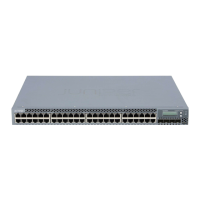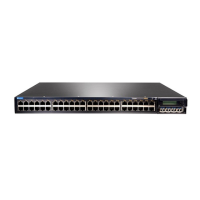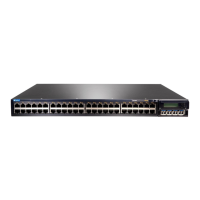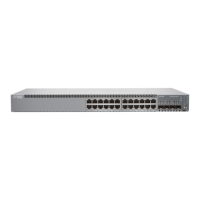CHAPTER 13
Removing Switch Components
•
Removing a Transceiver from a Switch on page 129
•
Disconnecting a Fiber-Optic Cable from a Switch on page 132
Removing a Transceiver from a Switch
The transceivers for EX Series switches and OCX1100 switches are hot-removable and
hot-insertable field-replaceable units (FRUs): You can remove and replace them without
powering off the switch or disrupting switch functions.
NOTE: After you remove a transceiver or when you change the media-type
configuration, wait for 6 seconds for the interface to display the operational
commands.
Before you begin removing a transceiver from a switch, ensure that you have taken the
necessary precautions for safe handling of lasers (see “Laser and LED Safety Guidelines
and Warnings for Switches” on page 155).
Ensure that you have the following parts and tools available:
•
An antistatic bag or an antistatic mat
•
Rubber safety caps to cover the transceiver and fiber-optic cable connector
•
A dust cover to cover the port
Figure 46 on page 131 shows how to remove a QSFP+ transceiver. The procedure is the
same for all types of transceivers except the CFP transceivers.
To remove a transceiver from a switch:
1. Place the antistatic bag or antistatic mat on a flat, stable surface.
2. Label the cable connected to the transceiver so that you can reconnect it correctly.
WARNING: Do not look directly into a fiber-optic transceiver or into the
ends of fiber-optic cables. Fiber-optic transceivers and fiber-optic cables
connected to transceivers emit laser light that can damage your eyes.
129Copyright © 2015, Juniper Networks, Inc.
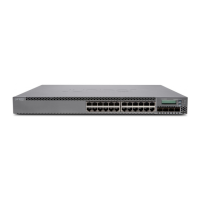
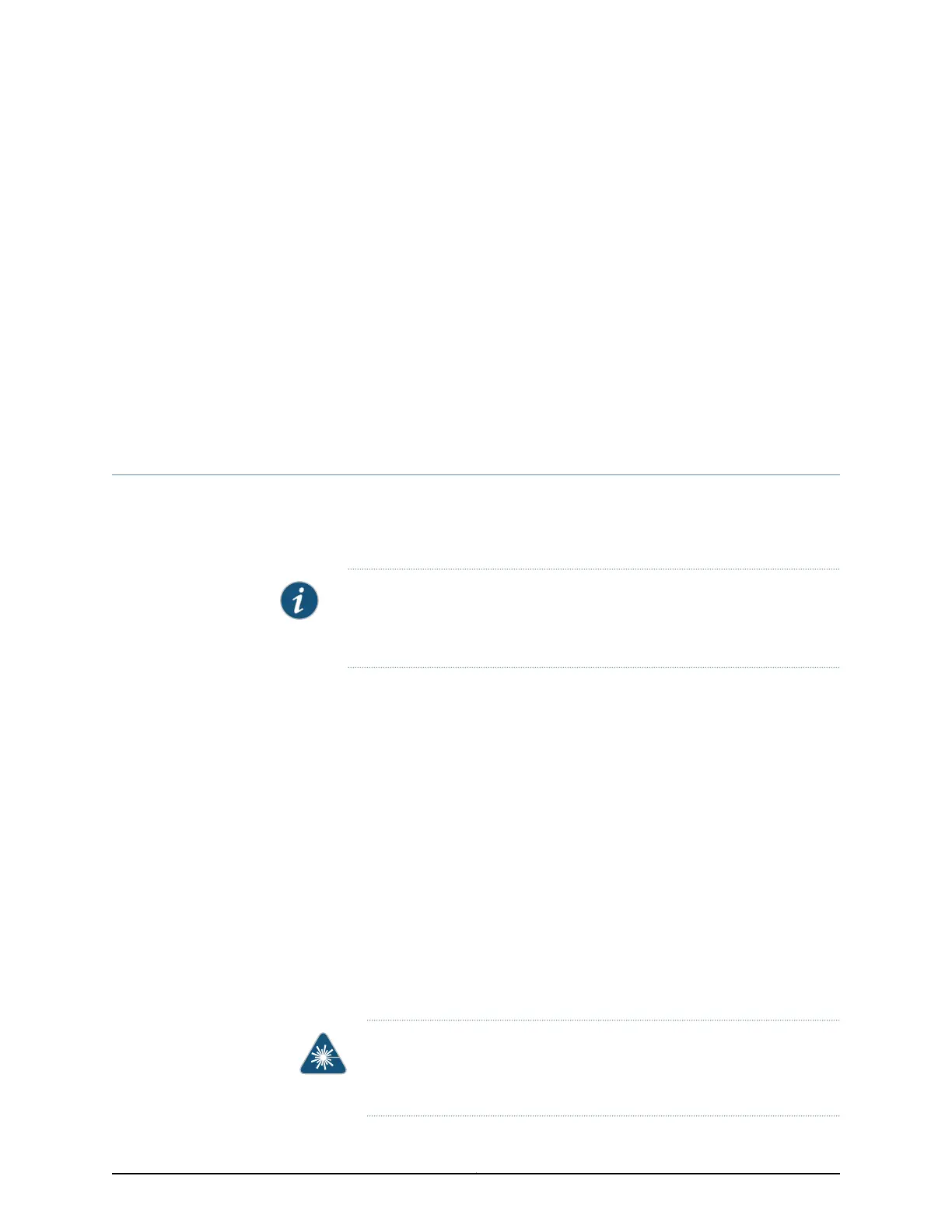